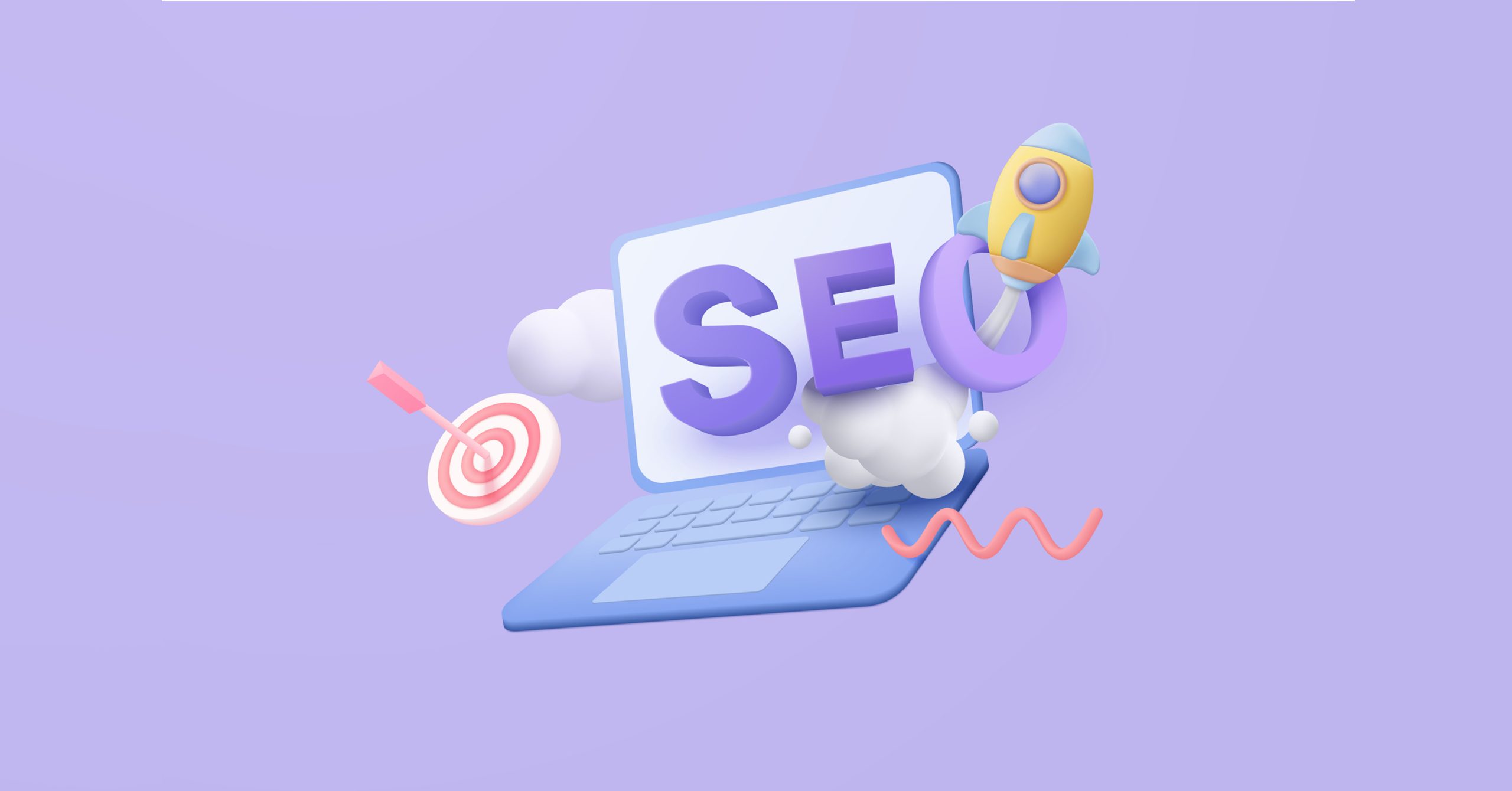One of the first things you are told to do when performing an analysis of your business is to identify your competitors. But how exactly do we find out who our competitors are and why is it so important? This blog will look at the why and how you should identify your competitors, as well as what you should know about your competitors and how to use that to gain competitive advantage.
Why should you identify your competitors?
Simply put, how can you identify your USP (Unique Selling Point) if you don’t know what makes you truly unique? If a business wants to apply for additional capital (loans or grants) then you will need to have a SWOT analysis in the portfolio. By knowing your and your competitor’s strengths and weaknesses, you can see where you have an advantage over the competition and be able to communicate this to prospective and existing customers. Additionally, you can adapt your communication and strategy to ensure you stay ahead of the competition.
Another great reason to identify your competitors is the new opportunities they can afford you. Find out if there are gaps in the market that your business can fill, and check out where your competitors are failing. Competitor analysis is particularly helpful when you want some benchmarks to compare your business against.
What are the three types of business competitors?
If you have invented a new product, you may think that you have no competitors, however, this won’t be the case. Every business will have competitors, whether they be direct, indirect, or replacement competitors. Let’s look in depth at the three types of competitors.
- Direct Competitors – these are competitors that first come to mind when you think of your competition. For example, a small sandwich shop on a high street may identify some of the local sandwich shops who have a similar offering to them.
- Indirect Competitors – These are competitors who are in the same category as you, however, they sell different products or services to solve the same problem. For example, a sandwich shop on a high street would have competitors such as fast-food places and other places that do take away food. All the food places offer take-out food, they just offer different food to solve the same problem, a person’s hunger.
- Replacement Competitors – Similar to indirect competitors, the aim is to solve the same problem, but in a different way. For example, the sandwich shop does take out sandwiches and rolls, however, a local café offers a dine-in experience, and a restaurant offers a more upmarket solution to the person’s hunger.
How do I identify competitors for my business?
There are several ways a business can identify its competitors using both online and offline methods.
- Google it – Consider what your business currently offers and google the search terms. For example, if you are a take-out sandwich shop in Cardiff, you may want to Google “take-out-sandwich shops in Cardiff.” This would give you a few competitors (both direct and indirect). To get a broader search and to establish your indirect and replacement competitors, you could search for “places to eat in Cardiff.” You can try several search terms to find plenty of competitors, remember not everyone will search using the same few keywords. You only need to focus on the first page of Google (or an alternative search engine) and look at the map pack too!
- Use a tool that gives you competitors – Tools such as SEMrush can help you identify your competitors.
- Keyword Research – Effective keyword research will yield so much more than just how you rank for certain keywords; you can also use it to assess local competitors. Again, if you type a keyword or phrase that you are targeting into Google, the first page will list competitors who rank for and target that keyword/phrase.
- Perform some social listening – Check out social media accounts and see what people are saying about your brand and your competitors. If you notice a certain customer pain point with a competitor; for example, they take too long to deliver, how can you turn this into an advantage? You could offer 30-minute food delivery. You can then either pop out some communications or even place an ad on social media targeting the consumer group who already have pain points and would look to change brands.
- Speak to your customers – Who better to tell you what they like/dislike about you and your competitors than your customers? Maybe they used a competitor before they came to you and can offer you insights. There are ways to get customer feedback; you can strike up a conversation with them in-store, you could email them, create an online survey, or even ask some questions on social media.
- Look in business directories – Your local Business directories (online and in print) will have lists of local businesses. A straightforward way to see who your competitors are. Some of these competitors may be further afield than your target location but are always worth keeping an eye on especially as they may decide to widen their target location which could encroach on your business.
What should I know about my competitors?
There are several things you should know about your competitors and it’s not just their product set, delivery, service, and price. Let’s look at a few more things to consider when looking at your competitors and how they can affect you.
- About the competitor – When were they founded? What funding do they have? What does their annual report look like? You may be able to find a lot of the information Companies House or even their LinkedIn profile.
- Their marketing channels and tactics – What media channels do they use? How do they market to customers (paid ads, email, social media, leafletting etc)?
- Their customers – Look at the typical demographics and psychographics and assess whether their target market is the same or similar to yours.
- How do they treat their staff and customers? – If your competitor has difficulty in retaining staff and customers, is there a market here you could capitalise on?
All this information will allow you to get a decent picture of your competitor. You can also phone the competitor pretending to be a prospective customer and experience first-hand how they treat customers.
What can I do with this information?
There are several things you can do when it comes to your competitors.
- Exploit any gap in the market – You found the gap; now how can you fix the problem? If you can work out what to do here, you could gain a host of new customers.
- Be Innovative – What do your competitors do well? Don’t just copy their ways, innovate. If there is a way you can do better, then do it.
- Be a customer service maestro – One thing that will stand a business apart is how they treat the customers. Be that business that is known for great customer service, and you will be able to retain customers.
- Don’t get complacent – While you are performing a competitor analysis, you can bet that your competitors are doing the same. Make sure you always strive to be the best at what you do and stand out from the crowd.
Every business will have competitors and it is a good idea to periodically check your competitors as the business landscape is ever-changing. Some competitors may go bankrupt, there could be new entrants, or an indirect competitor suddenly becomes a direct competitor by offering the same product as you. By keeping an eye on your competitors, you are in some ways futureproofing your business.
We hope you found this article useful and can use competitor analysis to grow your business. We can help you grow your business in a multitude of ways. We specialise in SEO, paid advertising, and display advertising. Why not look at our services page to see how we can help your business grow? If you’d like to be kept up to date with the latest marketing news, then be sure to subscribe to our newsletter.






